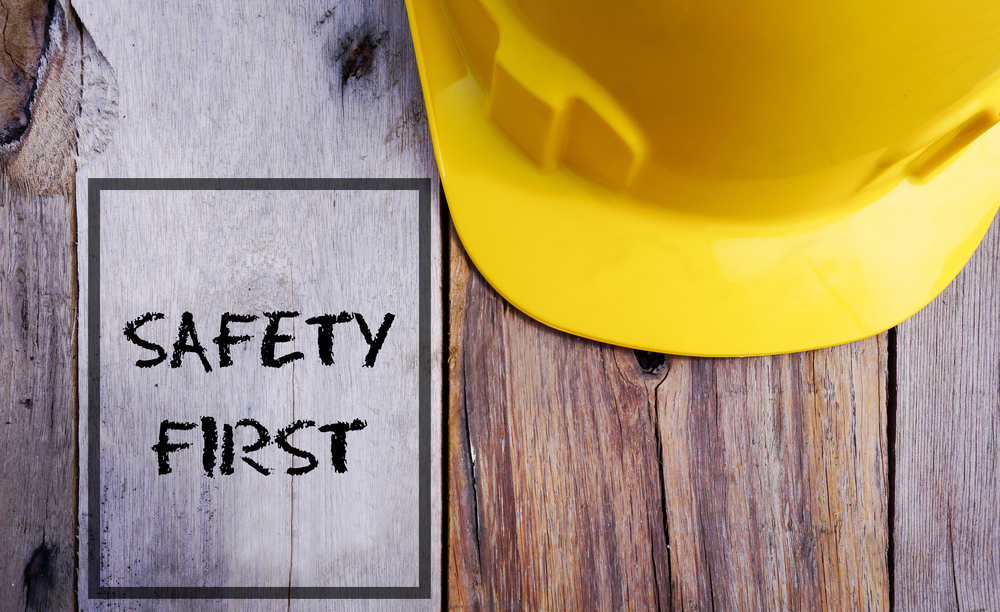
The Responsibility of Workplace Safety
As warm weather approaches, maintaining the health and doing everything you can to keep workers safe on your job site continues to be a top priority. Teaching workplace safety and encouraging a safe job site and culture can prevent heavy equipment operators, and ground workers from being injured or killed.
Ultimately, it is up to the facility managers and business owners to ensure the safety of their employees by deploying safe workplace efforts and practices so here are four ways you can ensure the safety of all of your workers on your job site during the busy season.
1. Confirm Equipment Is In Proper Working Condition
For job sites with heavy machinery, the operation of the machinery must be safe for all employees and this also extends to the condition of the machinery.
The only equipment that is suitable to be used in the job site is equipment that complies with up-to-date workplace requirements and, regardless of the age of the equipment, all machinery and tools that are to be used at the workplace must also be at the level specified in the Occupational Safety and Health Act and the Government Decree on the Safe Use and Inspection of Work Equipment. Ensuring that the manufacturer’s instructions are always being followed while the equipment is in use and keeping up with any scheduled maintenance can drastically prevent workplace accidents.
If you are unsure of the requirements for certain tools or machinery at your job site, the Government Decree on the Safety of Machinery (Machinery Decree) provides requirements for the manufacture and design of workplace machinery to better help you in complying with safety and health requirements.
2. Wear Appropriate Safety Gear
In 2014, 722,300 workplace injuries were reported in the public sector, nearly three million workplace injuries were reported in the private sector, and 4,679 workers were killed on the job in both sectors. The statistics make it poignantly clear that proper use of protective safety equipment can prevent serious workplace injuries and illnesses while minimizing exposure in the event that injuries do occur.
Depending on the workplace environment, if you are not wearing the correct safety equipment for a specific task, you are at risk of being injured.
Standard Safety Gear to Reduce Workplace Injury:
- Earplugs
- Earmuffs
- Hard hats
- Safety goggles
- Gloves
- Masks
3. Keep from Overheating In Warm Weather
Each year, dozens of workers injure themselves or become ill after working in extreme heat for extended periods of time. The average person has 2.6 million sweat glands and they are activated when the human brain determines that the body needs to lower its temperature, causing the sweat to evaporate off the skin and allow for heat loss and cooling.
One of the trade-offs of sweat, however, is the loss of water and electrolytes in the process. Ensuring that adequate amounts of water are available to your workers on the job site is necessary for them to remain safe in warm weather.
Ways to Prevent Your Workers From Overheating:
- Plenty of water
- Frequent breaks
- Take breaks in shaded areas
- Gradually increase workloads
Each worker should be reminded to drink at least one cup of water every 15-20 minutes to maintain proper hydration. Breaks should be taken every 3-4 hours as per OSHA requirement.
4. Stay Warm In Cold Temperatures
Winter months bring a different set of challenges for workers and new hazards into the workplace. Cold temperatures increase the risk of injury and illness for millions of workers. From below freezing temperatures, frigid winds, and slippery conditions, cold weather brings a great deal of difficulty for the workplace, many of which hard to prepare for and difficult to train for.
Ways to Keep Workers Safe in Cold Weather:
- Train workers on the hazards of cold stress
- Schedule the most difficult work during the warmest part of the day
- Provide portable heaters
- Gradually acclimate workers to colder environments
Keeping The Workplace Safe
Any time a worker steps onto a job site, the risk of injury and illness increases. The best thing that you can do for your workplace is to prepare yourself for all working conditions. From completing walk-throughs of your workplace, inspecting equipment and machinery, staying hydrated during warm weather jobs, and staying warm during the colder seasons are all ways that you can equip your workers with the best practices of safety in the workplace.
